Italy, renowned for its rich history and captivating landscapes, serves as a gateway to one of its most intriguing regions: Sicily.
Sicily’s flag, known as the Trinacria, symbolizes the island’s three promontories. It features the head of Medusa, surrounded by three bent running legs, and three wheat ears.
The Medusa head in the flag represents the protection of the island, while the three legs symbolize the three points of Sicily, and the wheat ears reflect the island’s fertility.
Initially inhabited over 10,000 years ago, the island has seen the presence of the Greeks, Romans, Byzantines, Arabs, and Normans, each leaving a distinct imprint.
The island’s rich history is visible in its diverse architecture and archaeological sites, ranging from Greek temples to Roman amphitheaters. The cultural blend is also evident in Sicilian cuisine, language, and traditions, which have evolved from this unique mix of influences.
As the largest island in the Mediterranean Sea, Sicily stands at the crossroads of civilizations. Its strategic position has historically made it a melting pot of cultures, evident in its diverse heritage and complex history.
Reasons to Visit Sicily
Rich History and Culture
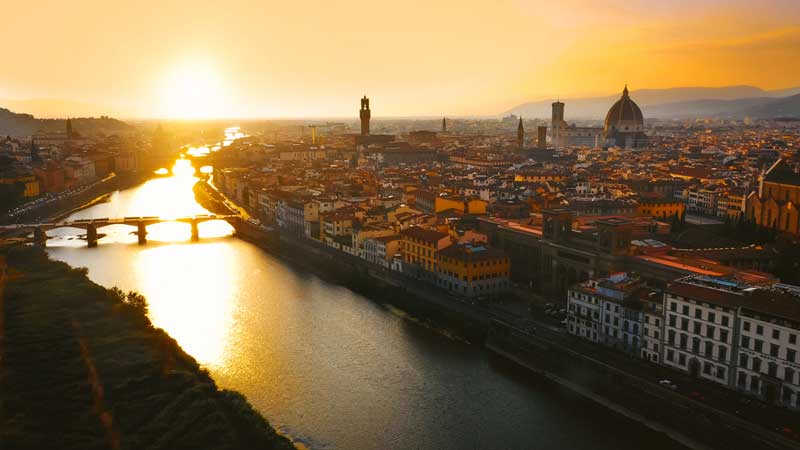
Rich History and Culture
Sicily, a jewel in the heart of the Mediterranean, is a tapestry woven with a rich history and diverse cultural influences. For over 3,000 years, this enchanting island has been a crossroads of civilizations. The Greeks left their indelible mark with magnificent temples, like the one in Segesta, epitomizing classical beauty.
Under Roman rule, Sicily became their first province outside the Italian peninsula, contributing significantly to Roman culture through figures like Diodorus Siculus. The Byzantine period introduced stunning mosaics, a testament to the island’s evolving artistic narrative.
The Arab conquest in the 8th century CE brought a new wave of cultural and architectural influences, transforming Sicily into a thriving cultural hub. The Normans, arriving in the 11th century, infused their own style, evident in the majestic cathedrals.
Each era, from Greek colonization to Roman and Byzantine periods, has etched its story into Sicily’s landscape, creating a rich cultural heritage that continues to enchant visitors today.
Stunning Beaches
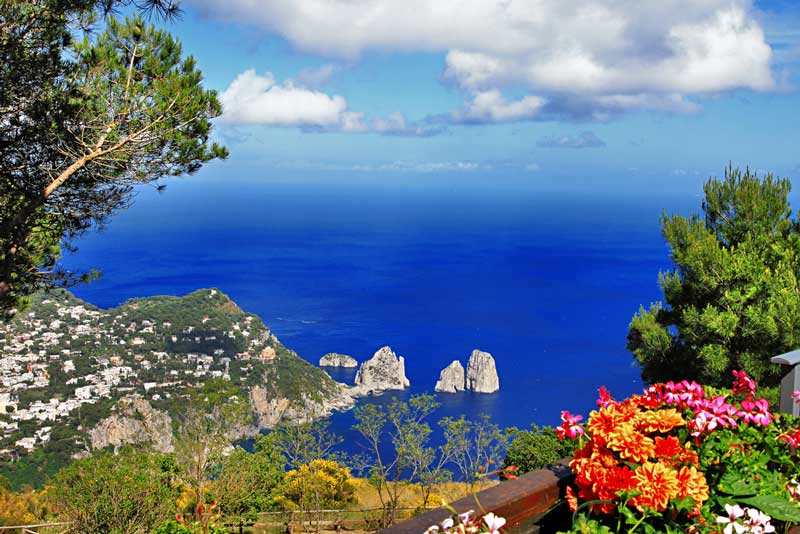
Stunning Beaches
Sicily’s coastline is a paradise for beach lovers, offering some of the most picturesque and diverse beaches in Italy. From the tranquil coves to the vibrant, bustling beaches, there’s something for every taste.
Imagine the azure waters of the Mediterranean gently lapping against golden sands, backed by rugged cliffs and lush greenery. The island’s varied coastline includes family-friendly beaches with calm waters, perfect for a leisurely swim, as well as secluded spots for those seeking tranquility.
Mondello Beach near Palermo, with its soft sands and crystal-clear waters, is a popular choice, while the beaches of the Aeolian Islands offer a more rugged, natural beauty.
Whether you’re sunbathing, swimming, or indulging in water sports, Sicily’s beaches provide the perfect backdrop for a memorable seaside escape.
Delicious Cuisine
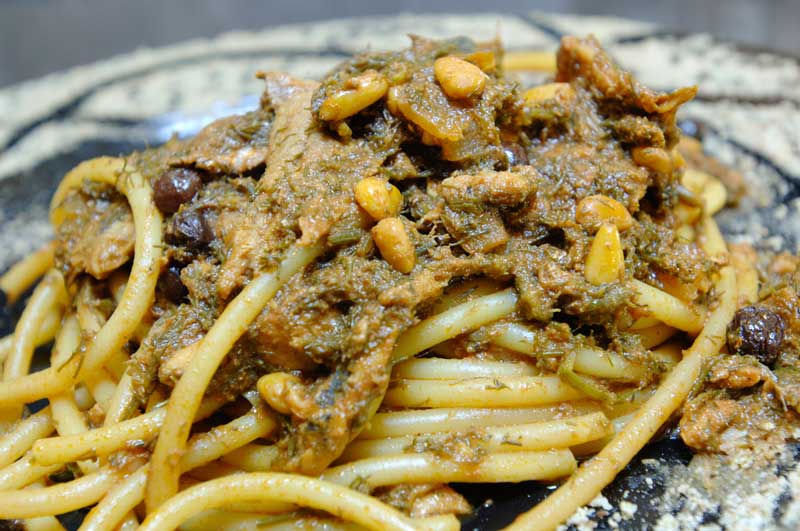
pasta con le sarde
The Sicilian table is a feast of flavors, reflecting the island’s rich cultural mosaic. Here, the cuisine is not just about eating; it’s an art form, a celebration of life itself. The island’s culinary landscape is as diverse as its history, with influences from Greek, Arab, and Norman cuisines.
Picture yourself savoring arancini, golden fried rice balls with a heart of savory meat sauce, or delighting in the sweet bliss of a cannoli, its crispy shell giving way to creamy, sweet ricotta.
Seafood is a cornerstone of Sicilian cuisine, with dishes like pasta con le sarde showcasing fresh sardines in a symphony of flavors.
The island’s fertile land blesses it with an abundance of fresh produce, from sun-ripened tomatoes to fragrant lemons, each ingredient playing its part in creating a culinary masterpiece. In Sicily, every meal is a journey through the island’s history and a celebration of its bounty.
Ancient Greek and Roman Ruins
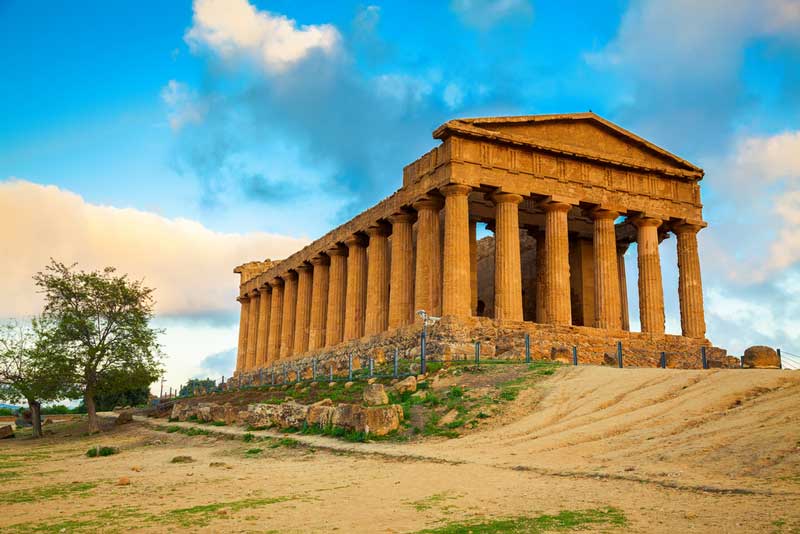
Temple of Concord
Sicily, steeped in ancient history, offers a mesmerizing glimpse into the past with its well-preserved Greek and Roman ruins. The Valley of the Temples in Agrigento stands as a testament to Sicily’s Greek legacy, featuring some of the best-preserved ancient Greek temples in the world.
This UNESCO World Heritage Site includes the majestic Temple of Concord, a shining example of Greek architectural brilliance from the 5th century B.C. Nearby, the remains of the colossal Temple of Olympian Zeus, with its giant stone Telamons, evoke awe and wonder.
In Taormina, the ancient Greek theater, beautifully perched with views of the sea and Mt. Etna, combines natural beauty with historical grandeur.
Segesta, another enchanting site, hosts a remarkably well-preserved Doric temple and an ancient theater, offering a serene setting against the Sicilian countryside. These ruins not only display architectural finesse but also tell the stories of civilizations that shaped the history of the Mediterranean.
Impressive Landscapes
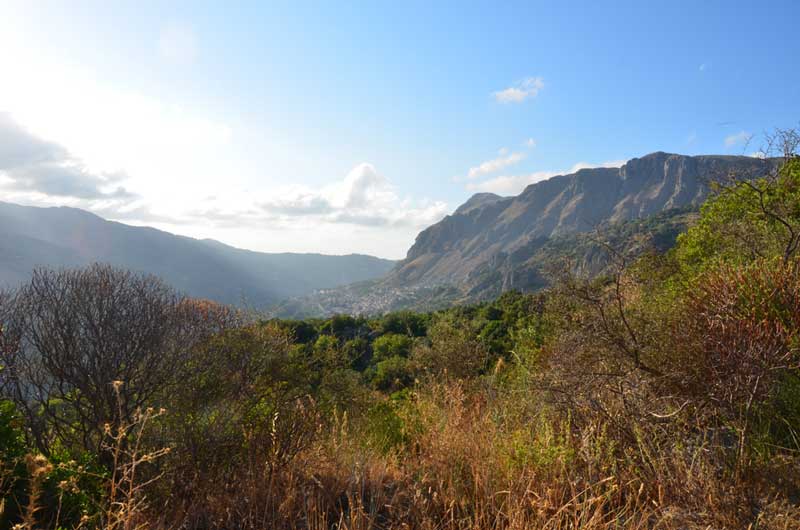
Nebrodi mountains
Sicily’s landscapes paint a picture of nature’s diverse canvas. From the fiery craters of Mount Etna, Europe’s tallest active volcano, to the serene beaches along its coastline, the island is a kaleidoscope of natural wonders.
Imagine strolling through the lush, green hills of the Sicilian countryside, where olive groves and vineyards stretch as far as the eye can see.
The contrasting landscapes offer a plethora of activities – whether it’s hiking the rugged trails of the Madonie or Nebrodi mountains, exploring the Alcantara Gorge’s basalt formations, or relaxing on the pristine sands of the Cefalù beaches.
Every turn in Sicily reveals a new landscape, each with its own unique beauty and charm, making it an ideal destination for nature lovers and adventurers alike.
Wonderful Accommodations

Sicily’s hospitality is as varied and inviting as its landscapes, offering accommodations that range from luxurious resorts to charming bed and breakfasts. In the heart of Palermo, the Villa Igiea presents a fusion of elegance and history, providing a regal stay.
For those seeking a serene retreat, the Verdura Resort, located on the southwestern coast, offers a tranquil escape with stunning views of the Mediterranean.
The island’s accommodations are not just places to stay; they are experiences in themselves, often nestled in picturesque settings or in buildings steeped in history.
Whether you prefer the opulence of a grand hotel or the intimacy of a secluded villa, Sicily caters to every preference, ensuring a comfortable and memorable stay.
Unique Sicilian Wines

Sicilian wines, reflecting the island’s rich terroir, are a symphony of unique flavors and styles. The varied climate and geography of Sicily foster the growth of both native and international grapes, creating an exceptional wine-producing region.
Grillo, a white grape variety, crafts soft, round white wines, while Carricante is used for mineral-driven Etna Bianco. In reds, the aromatic Frappato, the earthy and complex Nerello Mascalese, and the increasingly popular Nero d’Avola stand out.
Nero d’Avola, known for its elegance and sophistication, has been gaining international acclaim. Wine enthusiasts can explore the unique expressions of these grapes across regions like Mount Etna, known for its savory Etna Rosso and Bianco, and Vittoria, where you can find light-bodied yet fruit-forward wines.
Vibrant Festivals
Sicily comes alive with vibrant festivals that reflect its rich cultural tapestry. From ancient religious processions to modern music events, each festival is a colorful and lively expression of Sicilian tradition and community spirit.
The festivals often combine local religious customs, folklore, and gastronomic delights, creating an atmosphere that is both reverent and celebratory. These events are not just for the locals; they warmly welcome visitors, offering a unique and authentic experience of Sicilian culture.
Art and Museums

Sicily’s art and museum scene is as diverse as its history. The island’s museums house a treasure trove of artifacts from various periods, showcasing Greek, Roman, Byzantine, Arab, and Norman influences.
Visitors can marvel at ancient relics, Renaissance paintings, and contemporary art, reflecting the rich cultural layers of Sicily. These museums not only display artistic masterpieces but also tell the story of Sicily’s complex history and the various civilizations that have shaped it.
Art enthusiasts will find Sicily a captivating destination, rich in artistic heritage and contemporary creativity.
Vibrant Festivals

Agrigento’s Sagra del Mandorlo
Sicily’s calendar is speckled with vibrant festivals, each steeped in tradition and community spirit. The Festa di Sant’Agata in Catania, celebrated in early February, is a fervent two-day event honoring the patron saint with processions and feasting.
In the first two weeks of February, Agrigento’s Sagra del Mandorlo in Fiore (Almond-blossom Festival) brings life to the town with its beautiful almond blossoms, accompanied by an International Folklore Festival.
Another notable event is the Martedi Grasso (Carnival), celebrated on the Tuesday before Lent in many towns, notably Acrireale, Sciacca, and Termini Imerese, where the celebrations are particularly extravagant.
Sicily’s Easter Week is marked by profound religious and festive events, with various towns offering unique experiences. In May, the Infiorata in Noto transforms the streets into a canvas of flower petal designs, celebrating art and nature.
Art and Museums
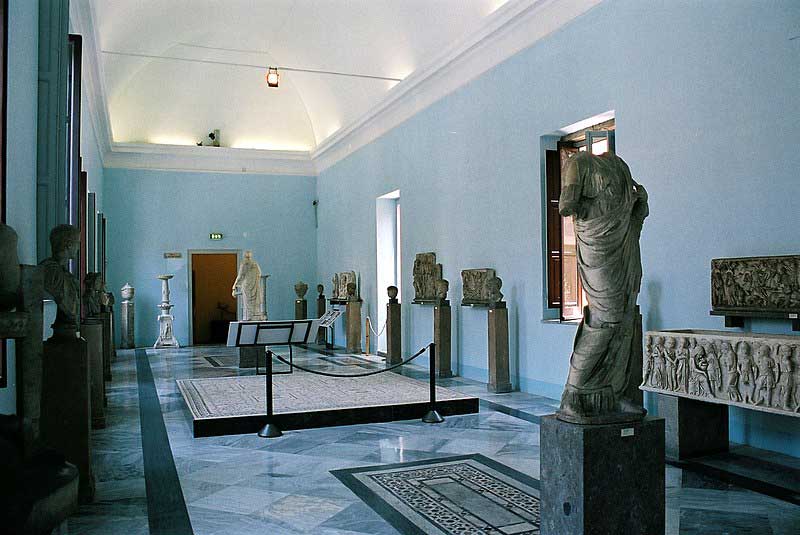
Archaeological Museums
Notable museums include the Regional Archaeological Museums in Palermo and Syracuse, home to extensive collections of Greek and Roman artifacts.
The Museo Nazionale di Palazzo Bellomo in Syracuse and the Museo Archeologico Regionale Paolo Orsi are also key destinations for art enthusiasts, offering a deep dive into Sicily’s artistic heritage.
These venues not only showcase masterpieces but also act as portals into the rich cultural layers of Sicily, offering insights into its past and present artistic expressions.
Outdoor Activities
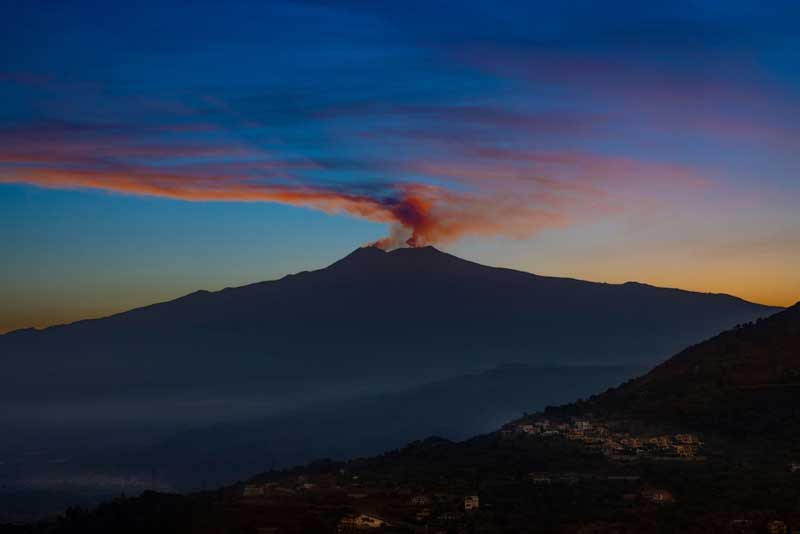
fiery Mount Etna
Sicily’s diverse landscapes offer a plethora of outdoor activities for nature enthusiasts and adventurers. The island’s unique geography includes the fiery Mount Etna, the tallest active volcano in Europe, offering opportunities for hiking and exploring its craters and lava flows.
The rugged terrain of the Madonie and Nebrodi mountains is perfect for hiking and cycling. For water sports enthusiasts, the clear waters of the Mediterranean provide ideal conditions for swimming, diving, and sailing.
Beaches like those in Cefalù offer a perfect setting for relaxation and water activities. Additionally, Sicily’s countryside, dotted with vineyards and olive groves, offers scenic routes for cycling and walking, allowing visitors to immerse themselves in the natural beauty of the island.
Final Thoughts
Sicily, a land where history, culture, and nature intertwine, offers an array of experiences that are as diverse as they are enriching.
From the vibrant festivals like the Festa di Sant’Agata and the Infiorata of Noto, which showcase Sicily’s rich traditions and community spirit, to the treasure trove of art and history in its museums, the island is a cultural mosaic.
The island’s rich terroir, varied landscapes, and outdoor activities shows it’s not just a travel destination but a journey through a rich tapestry of sensory and cultural experiences.
